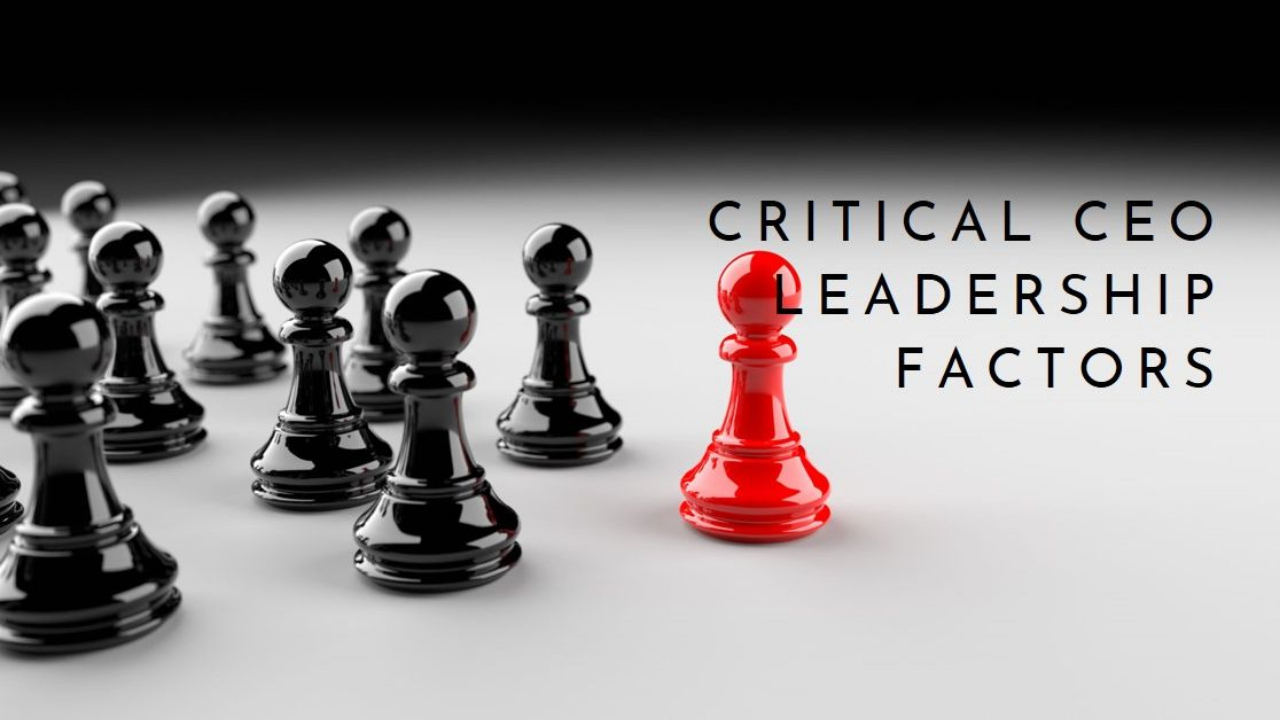What if AI and Self-leadership had a baby?
Jul 20, 2023
Leadership Insight: Why Would We Follow You?
Jul 11, 2023
Harnessing AI Tools for Enhancing Self-Leadership
May 21, 2023
The Problem with Leadership Development
May 19, 2023
















